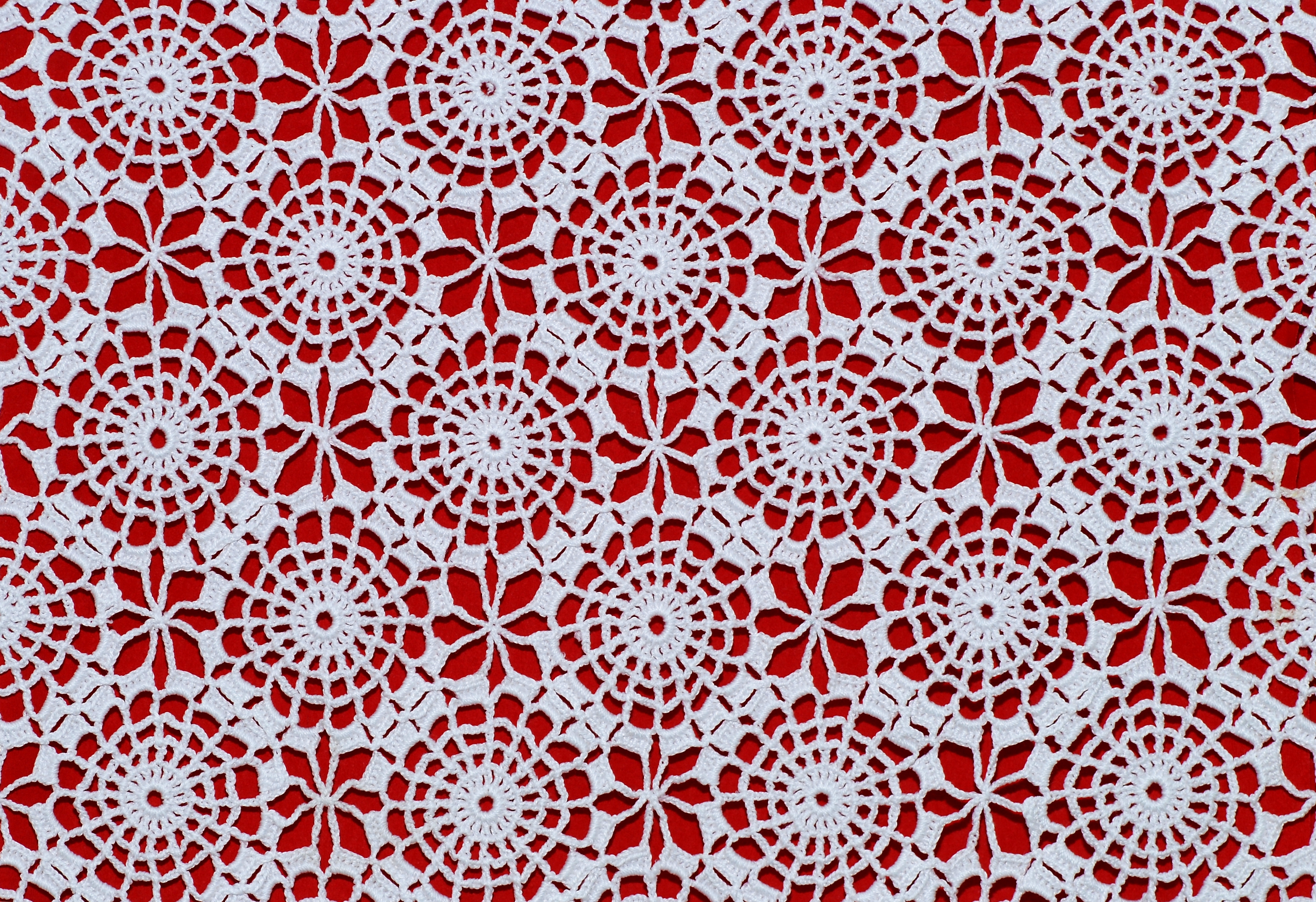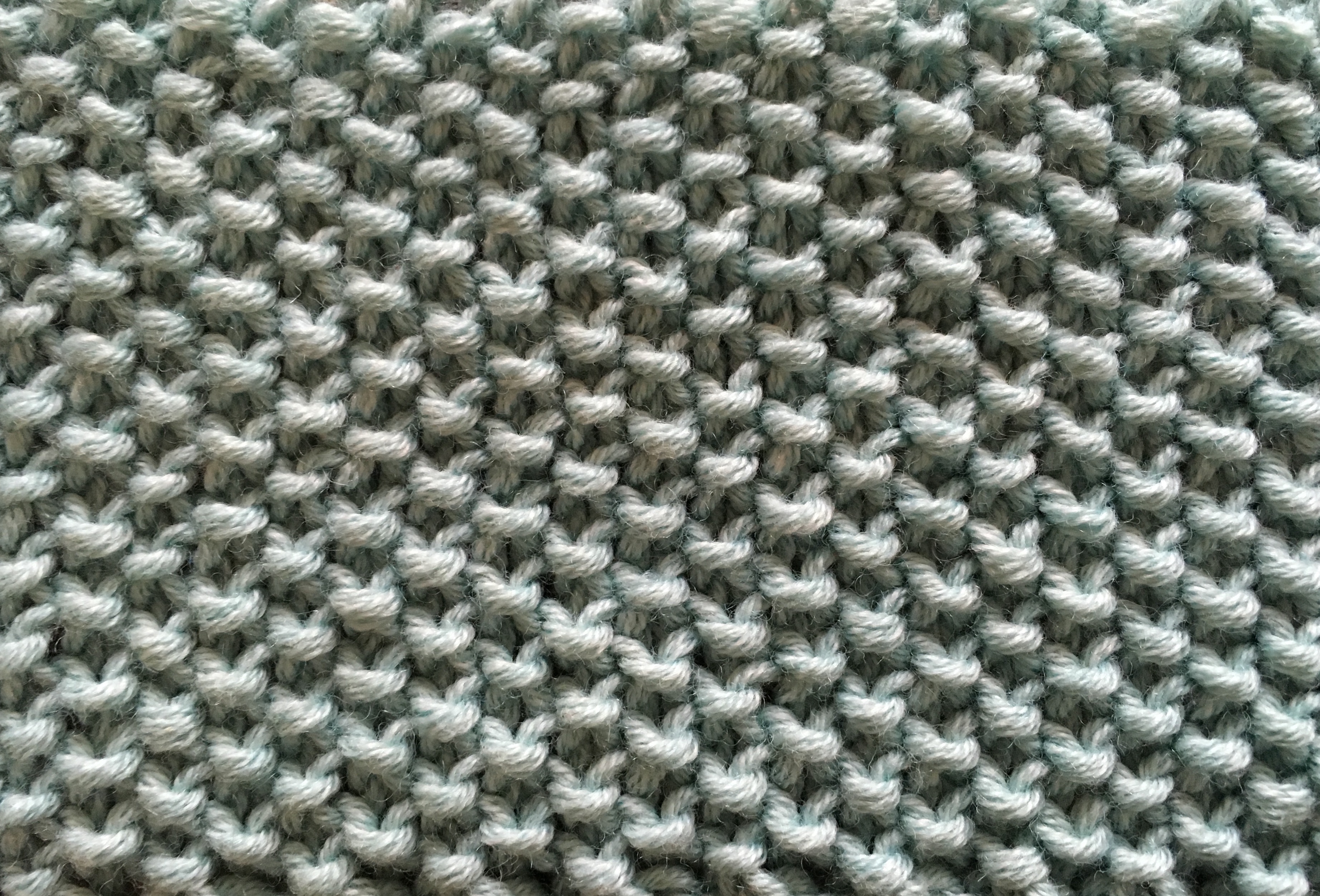|
Selvage
A selvage (US English) or selvedge (British English) is a "self-finished" edge of a piece of fabric which keeps it from unraveling and fraying. The term "self-finished" means that the edge does not require additional finishing work, such as hem or bias tape, to prevent fraying. In woven fabric, selvages are the edges that run parallel to the warp (the longitudinal threads that run the entire length of the fabric), and are created by the weft thread looping back at the end of each row. In knitted fabrics, selvages are the unfinished yet structurally sound edges that were neither cast on nor bound off. Historically, the term selvage applied only to loom woven fabric, though now can be applied to flat-knitted fabric. The terms ''selvage'' and ''selvedge'' are a corruption of "self-edge", and have been in use since the 16th century. In textiles Definition According to Hollen, Saddler & Langford, "A selvage is the self-edge of a fabric formed by the filling yarn when it tur ... [...More Info...] [...Related Items...] OR: [Wikipedia] [Google] [Baidu] |
Selvage (knitting)
The selvage of a knitted fabric consists of the stitch(es) that end each row ("course") of knitting. Also called selvedge, the term derives from "self-edge". The selvage may be considered finished; it may also be used in seaming garments, or finished and reinforced using crochet or other techniques. There are many methods for producing selvages. References * June Hemmons Hiatt (2012) ''The Principles of Knitting'', Simon & Schuster, pp. 72–75. See also * Selvage A selvage (US English) or selvedge (British English) is a "self-finished" edge of a piece of fabric which keeps it from unraveling and fraying. The term "self-finished" means that the edge does not require additional finishing work, such as hem ... Knitting methods for shaping {{textile-arts-stub ... [...More Info...] [...Related Items...] OR: [Wikipedia] [Google] [Baidu] |
Weaving
Weaving is a method of textile production in which two distinct sets of yarns or threads are interlaced at right angles to form a fabric or cloth. Other methods are knitting, crocheting, felting, and braiding or plaiting. The longitudinal threads are called the warp and the lateral threads are the weft, woof, or filling. The method in which these threads are interwoven affects the characteristics of the cloth. Cloth is usually woven on a loom, a device that holds warp threads in place while filling threads are woven through them. A fabric band that meets this definition of cloth (warp threads with a weft thread winding between) can also be made using other methods, including tablet weaving, back strap loom, or other techniques that can be done without looms. The way the warp and filling threads interlace with each other is called the weave. The majority of woven products are created with one of three basic weaves: plain weave, satin weave, or twill weave. Woven cl ... [...More Info...] [...Related Items...] OR: [Wikipedia] [Google] [Baidu] |
Warp (weaving)
In the manufacture of cloth, warp and weft are the two basic components in weaving to transform thread and yarn into textile fabrics. The vertical ''warp'' yarns are held stationary in tension on a loom (frame) while the horizontal ''weft'' (also called the ''woof'') is drawn through (inserted over and under) the warp thread. In the terminology of weaving, each warp thread is called a ''warp end''; a ''pick'' is a single weft thread that crosses the warp thread (synonymous terms are ''fill yarn'' and ''filling yarn'').Burnham (1980), pp. 170, 179Barber (1991), p. 79. In the 18th century, the Industrial Revolution facilitated the industrialisation of the production of textile fabrics with the "picking stick" and the " flying shuttle", the latter of which was invented by John Kay, in 1733. The mechanised power loom was patented by Edmund Cartwright in 1785, which allowed sixty picks per minute. Etymology The word ''weft'' derives from the Old English word , to weave. ''Wa ... [...More Info...] [...Related Items...] OR: [Wikipedia] [Google] [Baidu] |
Taffeta Weave
Plain weave (also called tabby weave, linen weave or taffeta weave) is the most basic of three fundamental types of textile weaves (along with satin weave and twill). It is strong and hard-wearing, and is used for fashion and furnishing fabrics. Fabrics with a plain weave are generally strong, durable, and have a smooth surface. They are often used for a variety of applications, including clothing, home textiles, and industrial fabrics. In plain weave cloth, the warp and weft threads cross at right angles, aligned so they form a simple criss-cross pattern. Each weft thread crosses the warp threads by going over one, then under the next, and so on. The next weft thread goes under the warp threads that its neighbor went over, and vice versa. * Balanced plain weaves are fabrics in which the warp and weft are made of threads of the same weight (size) and the same number of ends per inch as picks per inch. * Basketweave is a variation of plain weave in which two or more threads ... [...More Info...] [...Related Items...] OR: [Wikipedia] [Google] [Baidu] |
Crocheting
Crochet (; ) is a process of creating textiles by using a crochet hook to interlock loops of yarn, thread, or strands of other materials. The name is derived from the French term ''crochet'', which means 'hook'. Hooks can be made from different materials (aluminum, steel, metal, wood, bamboo, bone, etc.), sizes, and types (in-line, tapered, ergonomic, etc.). The key difference between crochet and knitting, beyond the implements used for their production, is that each stitch in crochet is completed before the next one, while knitting keeps many stitches open at a time. Some variant forms of crochet, such as Tunisian crochet and Broomstick lace, do keep multiple crochet stitches open at a time. Etymology The word crochet is derived from the French word , a diminutive of ''croche'', in turn from the Germanic ''croc'', both meaning "hook". It was used in 17th-century French lace-making, where the term ''Crochetage'' designated a stitch used to join separate pieces of lace. The wor ... [...More Info...] [...Related Items...] OR: [Wikipedia] [Google] [Baidu] |
Pick Up Stitches (knitting)
In knitting, picking up stitches means adding stitches to the knitting needle that were previously bound off or belong to the selvage. Picking up stitches is commonly done in knitting garment Clothing (also known as clothes, garments, dress, apparel, or attire) is any item worn on a human human body, body. Typically, clothing is made of fabrics or textiles, but over time it has included garments made from animal skin and other thin s ...s, e.g. in knitting the collar or sleeves, and is essential for entrelac knitting. Uses Picking up stitches is usually used to create a new fabric that is not worked in the same direction as the piece to which it is joined, without having to knit the new piece separately and sew it on. In this application it is most familiar for knitting ribbed button bands for cardigans, but it can also be used to e.g. knit sleeves onto an existing body or add an afterthought thumb to mittens, and entrelac uses the technique to form rows of squares that ar ... [...More Info...] [...Related Items...] OR: [Wikipedia] [Google] [Baidu] |
Garter Stitch
Basic knitted fabrics include stocking stitch, reverse stocking stitch, garter stitch, seed stitch, faggoting, and tricot. In some cases, these fabrics appear differently on the right side (knitting), right side (as seen when making the stitch) than on the wrong side (knitting), wrong side (as seen from the other side, when the work is turned). Stockinette/stocking stitch and reverse stockinette stitch Stocking stitch (in US, stockinette stitch) is the most basic knitted fabric; every stitch (as seen from the right side (knitting), right side) is a knit stitch. This fabric has also been referred to as Knit or Knitted, Front, Smooth, Jersey, Plain, Vertical and Plain Sweater Fabric. In the circular knitting, round, stocking stitch is produced by knitting every stitch; by contrast, in the flat, stocking stitch is produced by knitting and purling alternate rows. Variations on this fabric can be made by twisting stitches (knitting or purling through the back of each loop on the needl ... [...More Info...] [...Related Items...] OR: [Wikipedia] [Google] [Baidu] |
Ready-to-wear
Ready-to-wear (RTW)also called ''prêt-à-porter'', or off-the-rack or off-the-peg in casual useis the term for garments sold in finished condition in standardized sizes, as distinct from made-to-measure or bespoke clothing tailored to a particular person's frame. In other words, it is a piece of clothing that was mass produced in different sizes and sold that way instead of it being designed and sewn for one person. The term ''off-the-peg'' is sometimes used for items other than clothing, such as handbags. It is the opposite of haute couture. Ready-to-wear has a rather different place in the spheres of fashion and classic clothing. In the fashion industry, designers produce ready-to-wear clothing, intended to be worn without significant alteration because clothing made to standard sizes fits most people. They use standard patterns, factory equipment, and faster construction techniques to keep costs low, compared to a custom-sewn version of the same item. Some fashion houses ... [...More Info...] [...Related Items...] OR: [Wikipedia] [Google] [Baidu] |
Pile (textile)
Pile is the raised surface or nap of a fabric, consisting of upright loops or strands of yarn."Pile." ''The Oxford English Dictionary''. 2nd ed. 1989. Examples of pile textiles are carpets, corduroy, velvet, plush, and Turkish towels ( terrycloth). The word is derived from Latin ''pilus'' for "hair". " Online Etymology Dictionary. Douglas Harper, Historian. retrieved from dictionary.com 10 September 2007. Length and density The surface and the yarn in these fabrics are also called "pile". In particular "pile length" or "pile depth" refer to the length of the yarn strands (half-length of the loops). Pile length affects and is affected by |
Hemming (sewing)
A hem in sewing is a garment finishing method, where the edge of a piece of cloth is folded and sewn to prevent unravelling of the fabric and to adjust the length of the piece in garments, such as at the end of the sleeve or the bottom of the garment. Methods There are many different styles of hems of varying complexities. The most common hem folds up a cut edge, folds it up again, and then sew it down. The style of hemming thus completely encloses the cut edge in cloth, so that it cannot unravel. Other hem styles use fewer folds. One of the simplest hems encloses the edge of cloth with a stitch without any folds at all, using a method called an overcast stitch, although an overcast stitch may be used to finish a folded "plain hem" as well. There are even hems that do not call for sewing, instead using iron-on materials, netting, plastic clips, or other fasteners. These threadless hems are not common, and are often used only on a temporary basis. The hem may be sewn down with ... [...More Info...] [...Related Items...] OR: [Wikipedia] [Google] [Baidu] |






